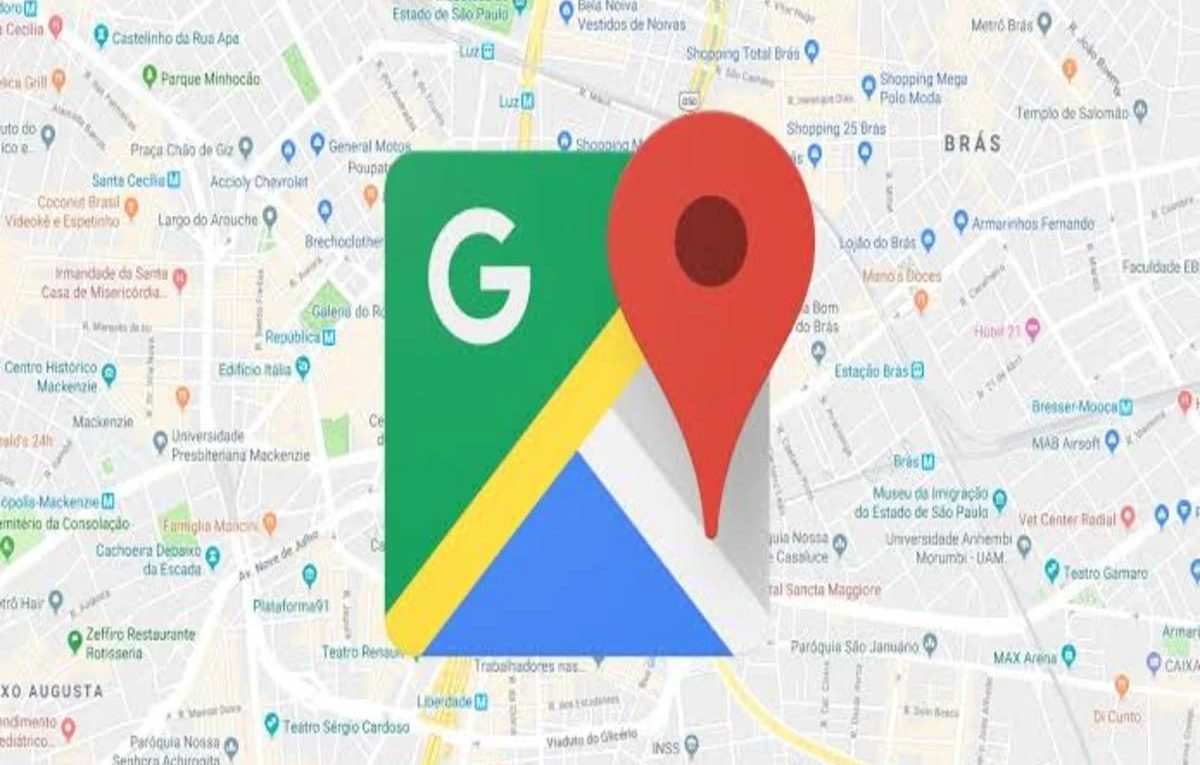How to use Google Maps?
Google Maps is undoubtedly one of the most useful services offered by Google, for several reasons.
It has basic features, such as checking the best routes between two points, checking bus schedules and exploring the surroundings of a given area.
As well as advanced features, such as GPS navigation, downloading maps for offline use and Street View, which allows you to view locations in a 360º view.
Advantages
Google Maps stands out for its main features: it is a free, accessible and complete service.
Additionally, the navigation app has been constantly updated with real-time information and new features to enhance users' experience in their daily routines.
What to configure?
When navigating in real time on Google Maps, you can view speed cameras and check the speed limits for each road, which is especially useful for those who frequently drive in large cities.
Another factor is the possibility of adding real-time alerts, signaling unforeseen events such as accidents along the route.
The application allows you to check the bus schedule in real time, highlighting whether they are early or late.
The Route Planner compares the routes of the destination locations, describing the volume of traffic, for example.
It is important to download offline maps in case of signal loss on the way or poor connection and also to share your real-time location with another device.
It is worth noting that you can save your daily routes, that is, the places you visit most often during the week.
Reasons to use GPS
Precise Navigation: GPS provides turn-by-turn directions to the driver, helping to navigate from one point to another without errors. This is especially useful in unfamiliar areas where the driver may not be familiar with the streets or highways.
Time Saving: With GPS, drivers can find the quickest or shortest routes to reach their destination, avoiding traffic or other obstacles such as construction and accidents. This helps save time and reduce fuel consumption.
Security: GPS can increase driving safety by providing real-time traffic information, accident alerts, and road hazards. It also reduces the need to consult physical maps or mobile devices while driving, minimizing distractions.
Route Planning: Drivers can plan their routes in advance, taking into account rest stops, gas stations and restaurants. This is particularly useful for long trips.
Emergency Assistance: In case of emergencies, GPS can provide information about the exact location of the vehicle, which can be essential for emergency services to arrive quickly at the scene.
Additional Features: Many modern GPS systems offer additional features such as searching for points of interest (restaurants, hotels, gas stations), guidance in multiple languages, and integration with smartphones for real-time traffic updates.
